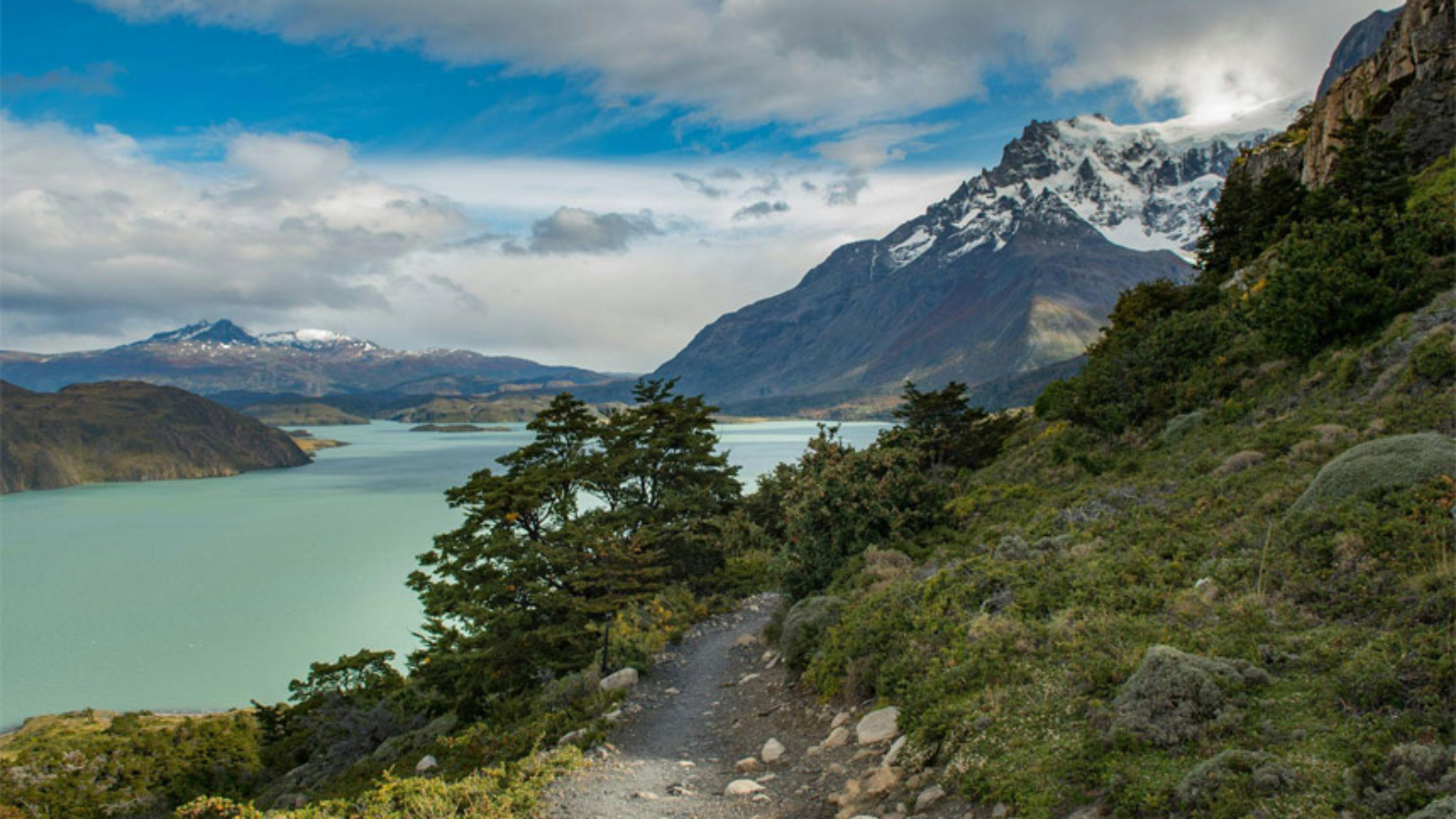Do you know about the conservation efforts preserving Argentina’s natural treasures? From national parks protecting iconic species like the jaguar and the huemul to biosphere reserves balancing sustainability and community, here we will tell you how you can be part of the solution to protect this unique legacy.
Argentina is home to a vast variety of ecosystems, from the lush forests of Misiones to the rugged Patagonian steppes, containing an incredible diversity of flora and fauna. This rich biodiversity is a natural treasure and an extraordinary component of the country’s environmental and cultural heritage.
Preserving these ecosystems is vital, as they face growing threats such as deforestation and climate change, as well as unsustainable human activities.
Below, we explore the main efforts that various areas of Argentina dedicate to the preservation of its natural heritage and biodiversity.
National Parks as sanctuaries of biodiversity
Argentina’s national parks are fundamental pillars in the effort to conserve its unique biodiversity, serving as sanctuaries for a variety of species, including some critically endangered ones, such as the jaguar and the huemul, a native deer species.
In addition to their role in species protection, national parks also perform key functions in ecosystem regulation, such as water capture, flood control, and carbon sequestration, helping mitigate the effects of climate change.
For example, Iguazú National Park, known worldwide for its majestic waterfalls and rich biodiversity, declared a UNESCO World Heritage Site, is home to more than 2,000 plant species and diverse wildlife, including toucans, howler monkeys, and giant otters.
Its tropical forests provide a safe haven for these species and are a testament to the ongoing effort to balance tourism and conservation.
About the expansion of protected areas
Between 2003 and 2012, Argentina’s protected areas increased by 24%, marking a milestone in ecosystem protection. This expansion allowed the inclusion of diverse and fragile habitats, such as wetlands and grasslands, into the national conservation network.
However, it is not enough to increase the protected area; an integral approach is required, including effective management, adequate financing, and the active participation of local communities.
In addition to conserving biodiversity, these areas represent an economic development engine through ecotourism. For example, tourism in national parks generates thousands of jobs and strengthens regional economies. Reserves like El Impenetrable, in Chaco, are recent examples of how new protected areas can offer opportunities for both nature and people.
The Andean-Patagonian Biosphere Reserve
Located in the heart of Argentine Patagonia, the Andean-Patagonian Biosphere Reserve is a large-scale conservation model. Its vast extension covers varied ecosystems, from the temperate forests of the Andes to the semi-arid steppes.
These areas not only protect biodiversity but are also key for climate regulation and the hydrological cycle of the region.
In this reserve, participatory conservation projects have been implemented, involving local communities in activities such as reforestation and wetland restoration. Additionally, environmental education initiatives are being developed to promote responsible use of natural resources, ensuring that conservation benefits both the environment and future generations.
What is the role of scientific research?
Scientific research plays an important role in conservation, providing essential data for informed decision-making.
In Argentina, researchers from various disciplines study ecosystem dynamics, the impact of climate change, and the effectiveness of current conservation strategies. These studies have enabled advances in habitat restoration and the monitoring of threatened species.
A notable example is the monitoring of the jaguar in the Gran Chaco region, where scientists use technologies such as camera traps and GPS to track these felines in their natural habitat. This information helps protect the jaguar and raises awareness about the importance of maintaining functional ecological corridors.
Despite advances in the preservation of national heritage and biodiversity in Argentina, there are several challenges to overcome, such as deforestation, agricultural expansion, and mining, which pose constant threats to natural ecosystems. Furthermore, the lack of financial resources limits the capacity of protected areas to implement effective management plans.
However, Argentina has the opportunity to lead the region by integrating innovative solutions, such as sustainable ecotourism and public-private partnerships.
Initiatives like the “National Parks and Communities” program are creating collaborative models where local communities directly benefit from conservation, creating a virtuous circle between economic development and environmental protection.
The natural heritage of this country is an invaluable treasure that deserves to be protected. Exploring national parks, supporting conservation projects, and actively participating in environmental care are actions we can all take to preserve this wealth for future generations.
To discover more about conservation efforts in Argentina and find inspiration for responsible travel, visit the Dual Tourism blog.


